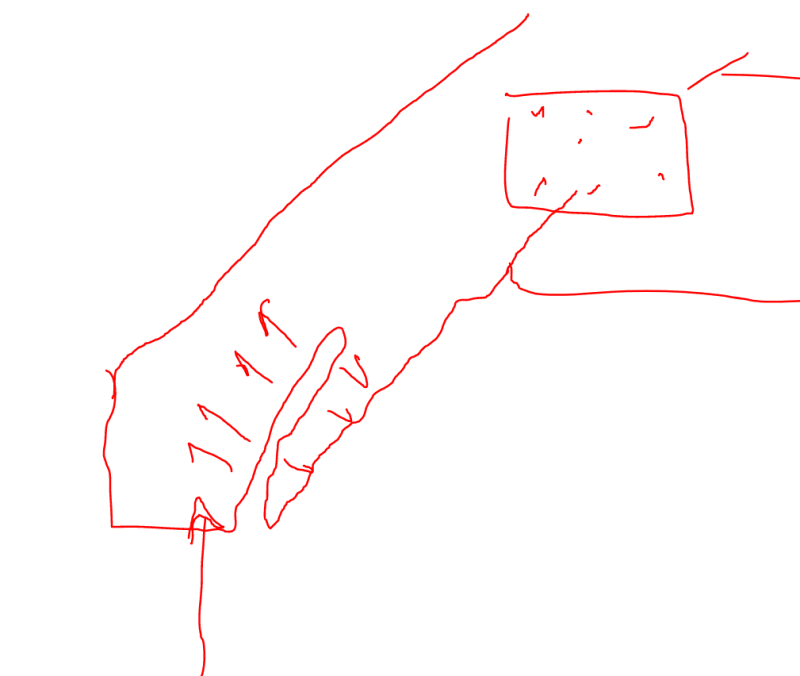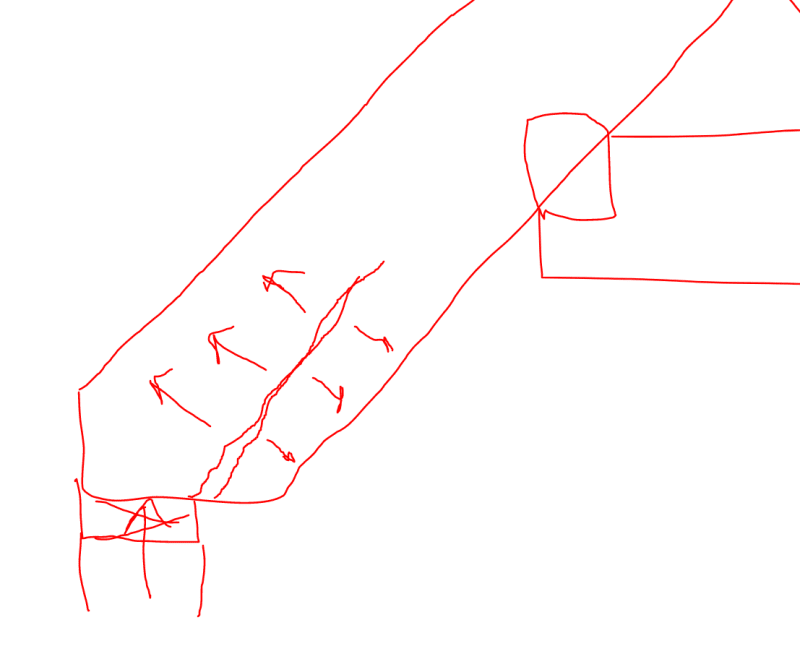PSUengineer1
Structural
Hello.
I have a wood-framed fink truss. A rough sketch is attached. As you can see in the sketch, the top/bottom chord interface at the left hand side is not at a support. This is where failure occured, which I attached a photo of (note that a temporary wall is now in place below the failure point and the wall you see in photo is not by design). The wall support at the right hand side is 1 foot higher than wall support at left hand side, so yes, this failure occurs away from the left hand side wall support.
I am looking for the simplest way to describe this failure to a layman. Here is what I am thinking....."The tensile capacity in the bottom truss chord(at the point of failure) was not adequately designed to resist the horizontal component of the top chord compression. Looking for suggestions or possible improvements to my statement. Thank you.
Regards,
Jim
I have a wood-framed fink truss. A rough sketch is attached. As you can see in the sketch, the top/bottom chord interface at the left hand side is not at a support. This is where failure occured, which I attached a photo of (note that a temporary wall is now in place below the failure point and the wall you see in photo is not by design). The wall support at the right hand side is 1 foot higher than wall support at left hand side, so yes, this failure occurs away from the left hand side wall support.
I am looking for the simplest way to describe this failure to a layman. Here is what I am thinking....."The tensile capacity in the bottom truss chord(at the point of failure) was not adequately designed to resist the horizontal component of the top chord compression. Looking for suggestions or possible improvements to my statement. Thank you.
Regards,
Jim


